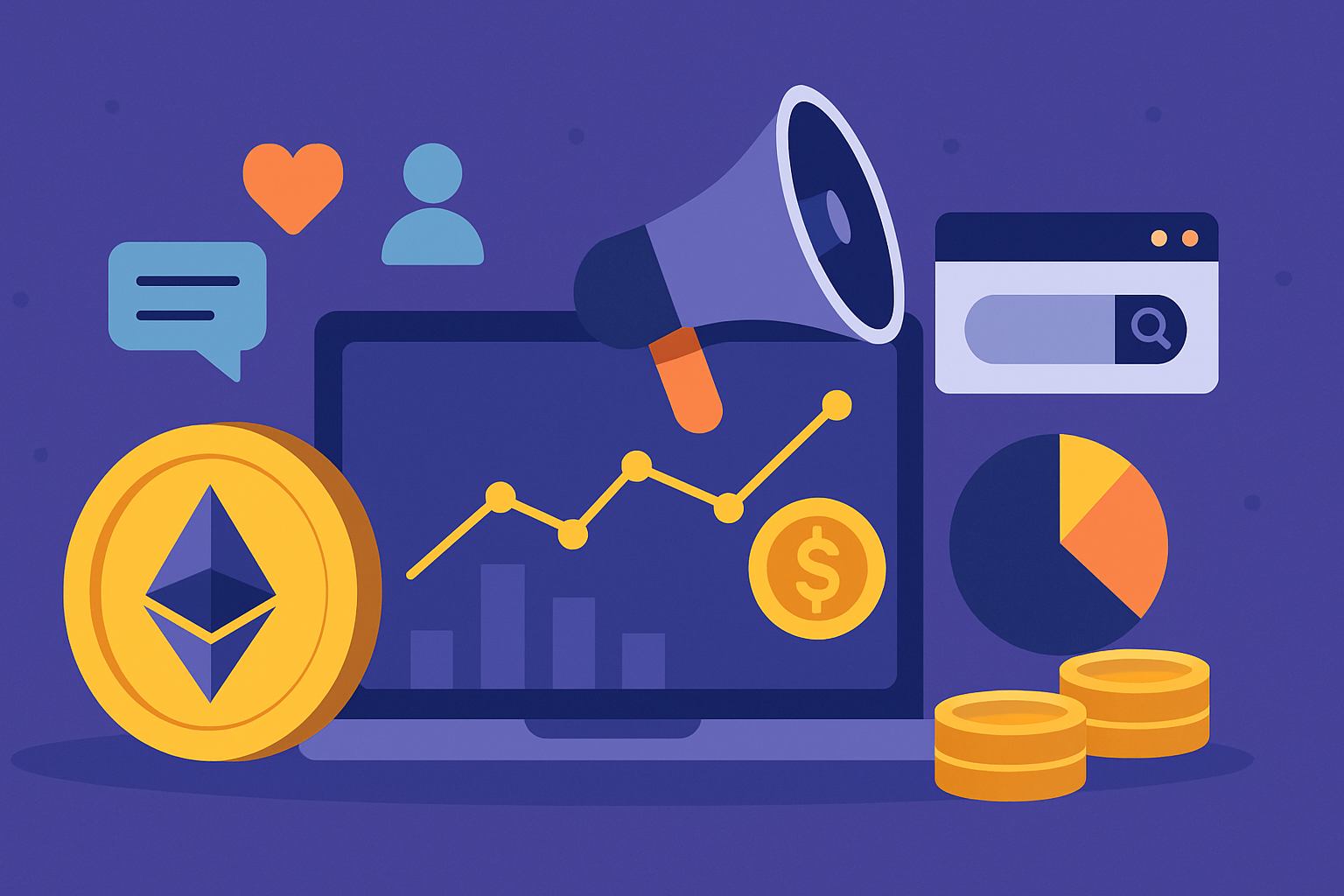
In 2025, the explosive convergence of artificial intelligence and blockchain has given rise to a new wave of AI token projects redefining the digital economy. These tokens, which often power decentralized AI networks, agent economies, or smart automation protocols, rely not just on superior tech but also on narrative. In a fast-paced and highly speculative space, perception often drives adoption as much as — or even more than — functionality. This is where influencer partnerships become mission-critical. With attention as the new currency, collaborations with Web3-native content creators, AI thought leaders, and crypto influencers play a central role in shaping how these projects are perceived, adopted, and ultimately scaled.
As traditional marketing methods lose traction among Web3 audiences, influencer partnerships offer a uniquely tailored form of engagement. These collaborations help AI token teams cut through noise, build trust in unregulated markets, and create community-led momentum. From token launches to long-term brand development, influencers today are not just promotional tools but strategic assets shaping the life cycle of AI token projects.
The Rise of Influencer-Led Discovery in Web3
The landscape of token discovery has changed drastically. In previous cycles, users primarily relied on listings, whitepapers, and early exchange announcements. However, in the current ecosystem, influencers have become the new gatekeepers of information. Their Telegram channels, YouTube explainers, X threads, and Discord groups are where early adopters first hear about promising AI tokens. The organic nature of influencer content often gives it more credibility than sponsored ads or exchange press releases.
In particular, micro-influencers those with niche, loyal followings in crypto, AI, or DeFi — often serve as high-conversion entry points for token awareness. Their ability to interpret complex tokenomics or explain decentralized AI infrastructure in relatable terms accelerates user onboarding and mitigates confusion. This early-stage education, when driven by influencers, allows AI token projects to leapfrog traditional awareness phases and reach product-market fit with higher velocity.
Building Trust in an Intangible Market
AI token projects operate in one of the most abstract and speculative corners of Web3. Concepts like autonomous agents, decentralized machine learning, and zero-knowledge AI training can be intimidating for retail investors. Trust is hard-won, and reputational capital is everything. Influencers act as narrative validators — if a respected AI researcher or crypto educator endorses a project, that project instantly gains a layer of perceived legitimacy that can take months to build through organic content alone.
Trust-building through influencers is especially important when the project lacks a working product at launch. Token sales often begin during the whitepaper or MVP stage, where users must rely on vision and leadership rather than code. Influencer partnerships help bridge this trust gap. When influencers share interviews with founders, conduct technical breakdowns, or provide transparent reviews, they humanize the project and reduce the perceived risk for early participants. This is especially true on platforms like X (formerly Twitter), where influencers host AMAs and space discussions that give the community direct access to the project team.
Community Growth Powered by Influencer Engagement
Community is the lifeblood of any Web3 project, and for AI tokens, it’s even more critical. These communities often consist of not just speculators, but developers, AI researchers, data scientists, and node operators. Influencers help attract the right audience segments by tailoring their messaging to each niche. A single YouTube video explaining how to integrate a token into AI agents can generate a wave of developer interest. Similarly, a TikTok or Reels creator demonstrating AI token use cases in everyday applications can draw in curious retail users.
The velocity and quality of community growth are directly shaped by which influencers are brought onboard. Strategic partnerships with AI-focused voices can lead to more sustained engagement than broad crypto influencer blasts. Influencers with deep roots in AI or Web3 tooling often bring not just followers but contributors — people who build, test, and iterate on the product. This creator-to-community funnel is what separates projects with viral moments from those with lasting momentum.
Influencers as Force Multipliers for Token Launches
The most critical moment for any AI token project is its launch. Whether via a public TGE (Token Generation Event), IDO (Initial DEX Offering), or community airdrop, the launch is where initial perception is cemented. Influencer partnerships leading up to and during the launch phase can dictate everything from launch participation to post-TGE market support.
Pre-launch influencer campaigns can include whitelisting giveaways, behind-the-scenes access, educational content series, and countdown promotions. Influencers often create hype cycles that organically reach tens of thousands of people within niche circles, ensuring that the project trends at the right moment across discovery platforms like CoinGecko, DEXTools, and Kaito. In the crucial hours post-launch, influencers can also serve as real-time analysts, helping decode token performance, wallet activity, and roadmap alignment — offering much-needed clarity during volatile market windows.
For projects launching on platforms like Kaito, influencer engagement becomes even more essential. Kaito’s AI-curated discovery layer amplifies trending discussions, and influencer-driven activity can push a token into the spotlight algorithmically. A successful influencer strategy can thus create a positive feedback loop — more visibility brings more discussion, which brings more visibility — cementing the token’s market narrative.
Influencer Feedback as a Product Development Loop
The relationship between AI token projects and influencers doesn’t end after launch. In fact, the most successful projects use influencers as feedback nodes in their ongoing development loop. Because influencers are often deeply embedded in community sentiment, they serve as real-time barometers of what users want, what they dislike, and what’s working.
AI token teams can use influencer input to adjust UI/UX design, feature prioritization, token utility mechanics, and governance models. For example, if an influencer highlights friction points in staking, cross-chain functionality, or agent onboarding, the development team gets actionable insights faster than traditional user research methods. In many cases, influencers also act as co-designers or advisory partners, especially when the project’s roadmap includes ecosystem incentives, educational layers, or cross-project integrations.
This feedback loop can be formalized via ambassador programs or informal through regular collaborations and testnet showcases. The value lies in iteration — influencer-led feedback drives faster product-market fit, especially in highly experimental AI token environments.
Navigating the Risks of Influencer Partnerships
While influencer marketing can dramatically boost visibility and adoption, it’s not without its risks. One of the biggest pitfalls is misalignment — when a project partners with influencers who lack technical depth, credibility, or alignment with the token’s mission, it can backfire. AI token audiences tend to be more discerning, especially when the technology is advanced. Flashy influencers with little substance may attract the wrong crowd or set unrealistic expectations.
Another risk is over-saturation. If a project floods the market with influencer promotions without clear differentiation or strategic pacing, it may trigger skepticism. Audiences have become adept at spotting paid promotions, and overuse can erode trust. The key is authenticity. Long-term, transparent influencer relationships often yield better results than short-term shoutouts or high-budget hype videos.
Finally, there is the regulatory angle. As token offerings come under increased scrutiny, projects must ensure influencer disclosures are clear and comply with jurisdictional laws. Failure to do so can lead to reputational and legal setbacks. This is especially critical in 2025, as regulatory frameworks for AI tokens and influencer marketing continue to evolve globally.
Case Studies: AI Token Projects That Got Influencer Strategy Right
Several standout AI token projects in 2025 have shown how influencer partnerships can serve as a core growth engine. Projects like, Numerai, and Autonolas used micro and macro influencers to break down technical use cases, generate excitement pre-launch, and maintain strong narrative momentum post-listing. By working with researchers, AI educators, and developers with credible followings, they attracted high-quality contributors and avoided pump-and-dump patterns.
One emerging trend is the use of DAO-based influencer programs. Some AI token ecosystems now allow influencers to earn governance tokens for their contributions, tying their success to the protocol’s long-term value rather than short-term engagement spikes. This model aligns incentives, deepens community ties, and reduces churn.
These projects also highlight the importance of influencer diversity — using a mix of dev influencers, meme creators, financial analysts, and AI thought leaders to cover every aspect of the funnel. From narrative creation to onboarding to ecosystem retention, each layer is mapped to a specific type of influencer who drives measurable outcomes.
Future Outlook: The Next Evolution in Influencer–AI Token Collaboration
As both the influencer economy and AI token space mature, we’re seeing the rise of AI-native influencers — personas powered by large language models or multi-agent systems that operate autonomously across social platforms. These AI influencers could become the next layer of promotion for AI tokens, offering hyper-scalable engagement with personalized messaging and 24/7 response capabilities.
Moreover, influencer partnerships may evolve into protocol-level functions. Some AI token projects are already experimenting with reputation-based influencer staking, where creators lock tokens to vouch for a project and earn yield based on performance metrics. This gamifies trust and adds skin in the game, potentially transforming the influencer role from promoter to stakeholder.
In parallel, platforms like Kaito are expected to enhance influencer analytics, attribution tracking, and real-time feedback dashboards. This will allow AI token teams to run more precise campaigns, better understand which influencers move which KPIs, and continuously optimize outreach for traction.
Conclusion:
In the realm of AI tokens, where innovation moves faster than adoption and education is a constant hurdle, influencer partnerships are no longer optional. They shape narratives, drive discovery, and build trust in an otherwise uncertain ecosystem. When done right, they can catalyze community growth, guide product development, and generate exponential returns on visibility.
As AI token projects compete for mindshare and market share in an increasingly crowded field, those that integrate influencer strategy into their core go-to-market and community operations will stand apart. It’s not just about being talked about — it’s about being understood, trusted, and co-created with. That’s the real power of influencer partnerships in shaping the trajectory of AI token projects.


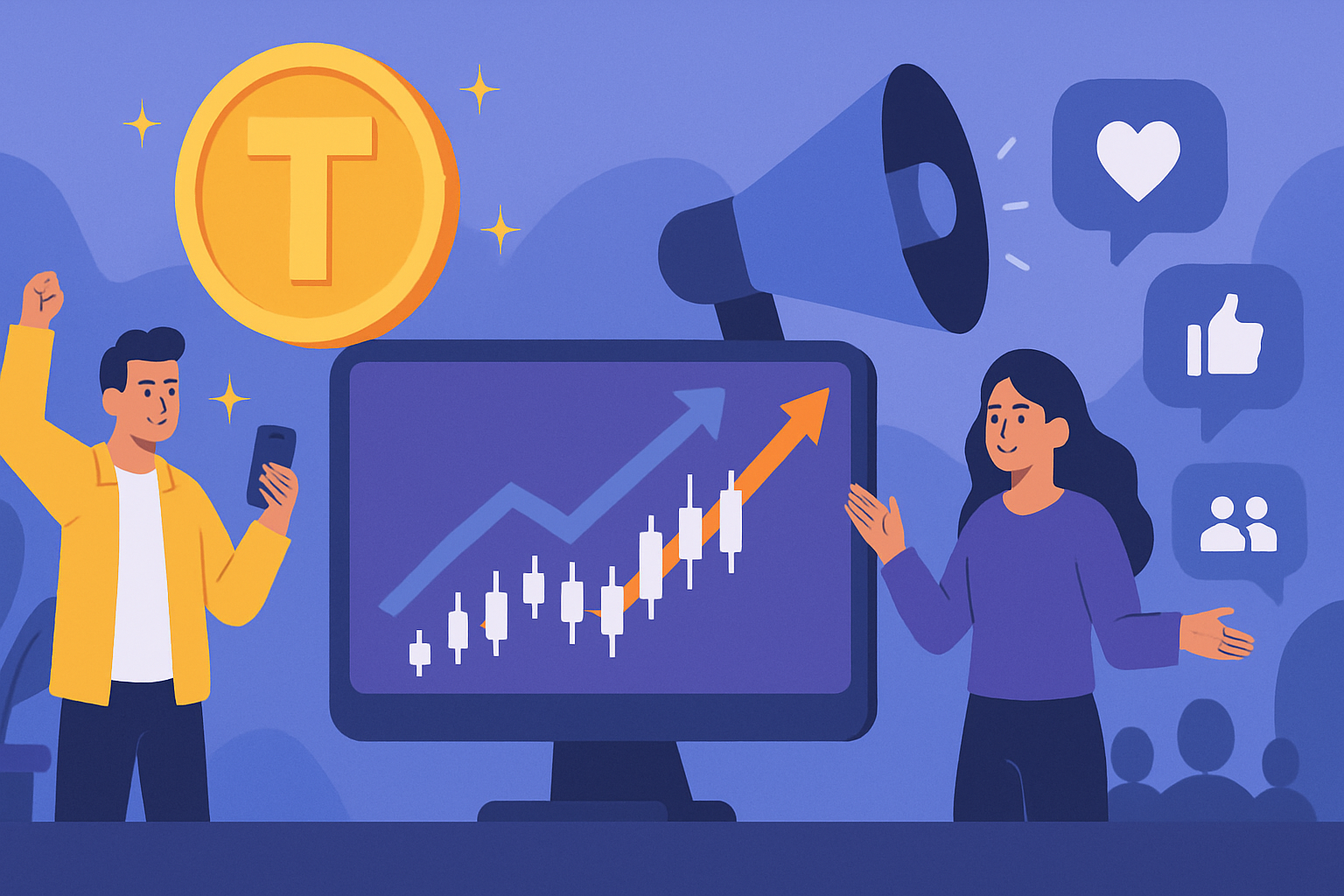
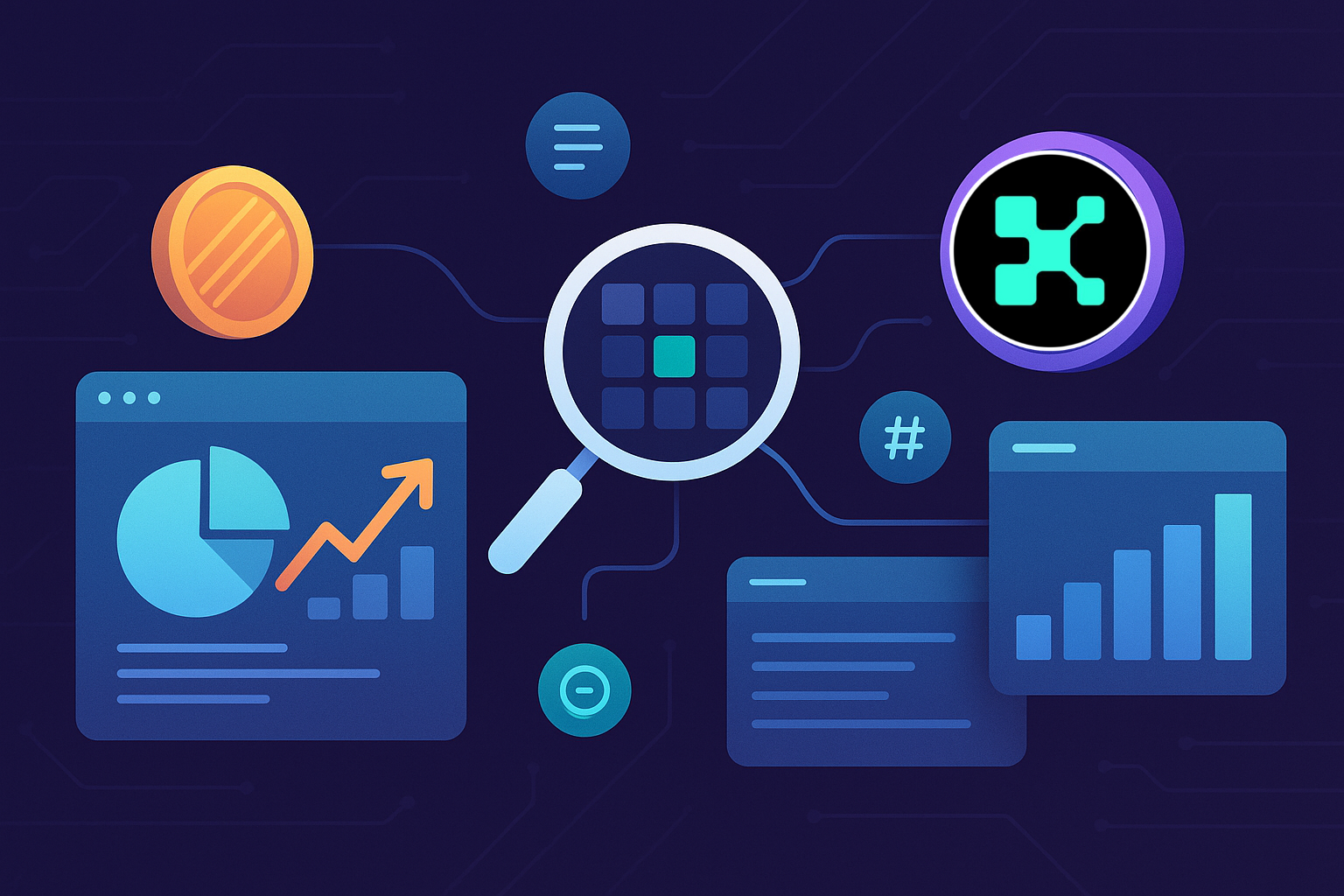
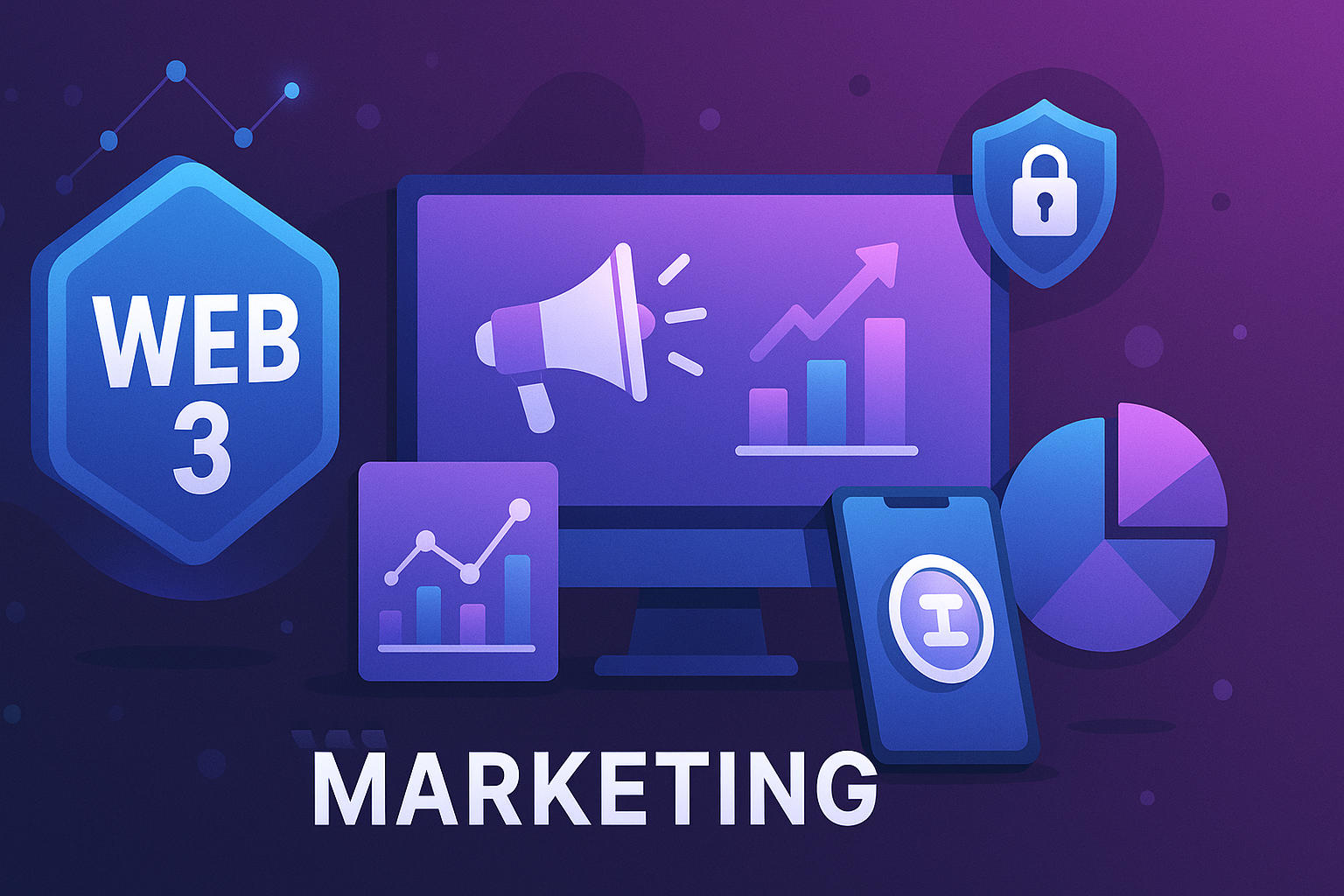

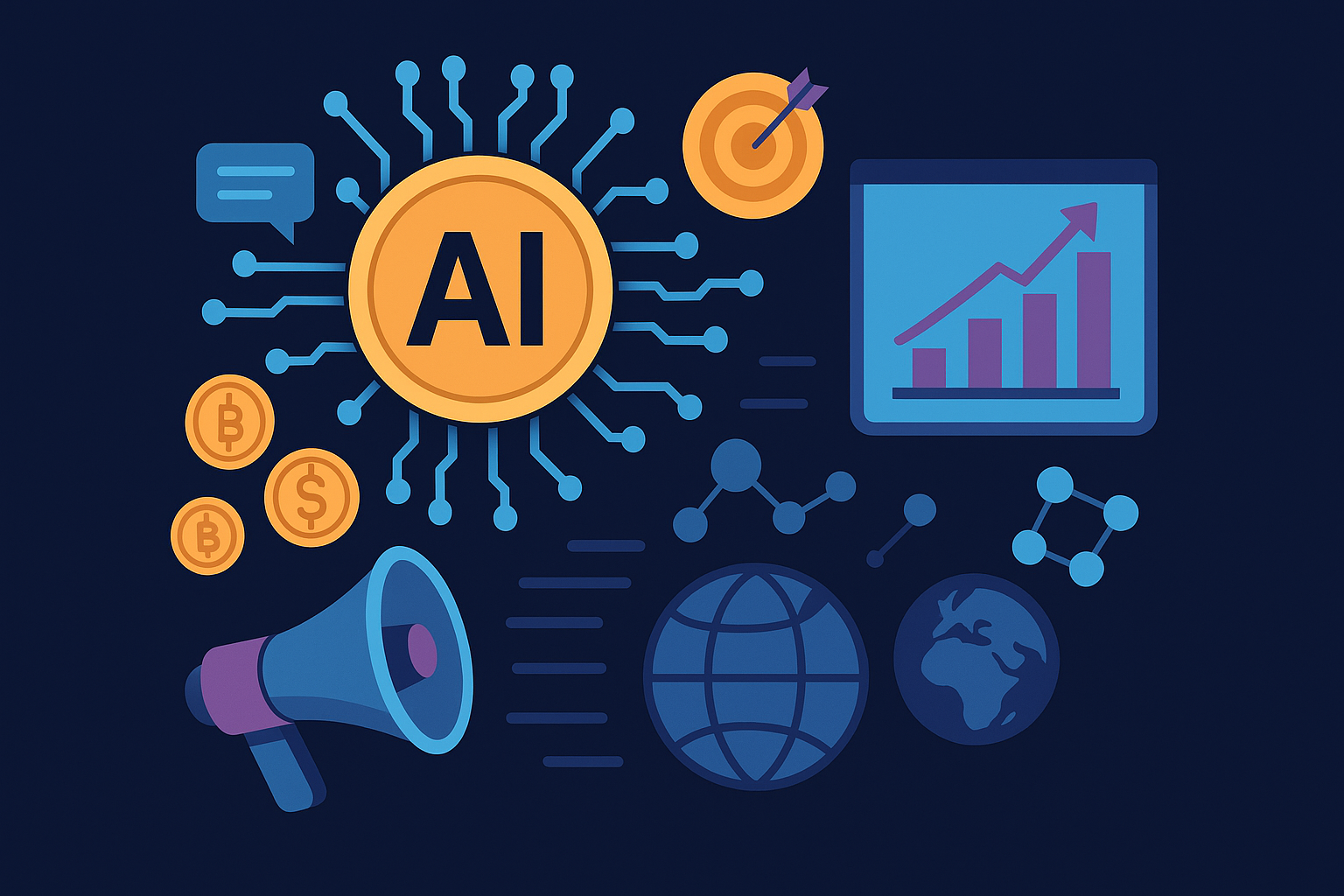
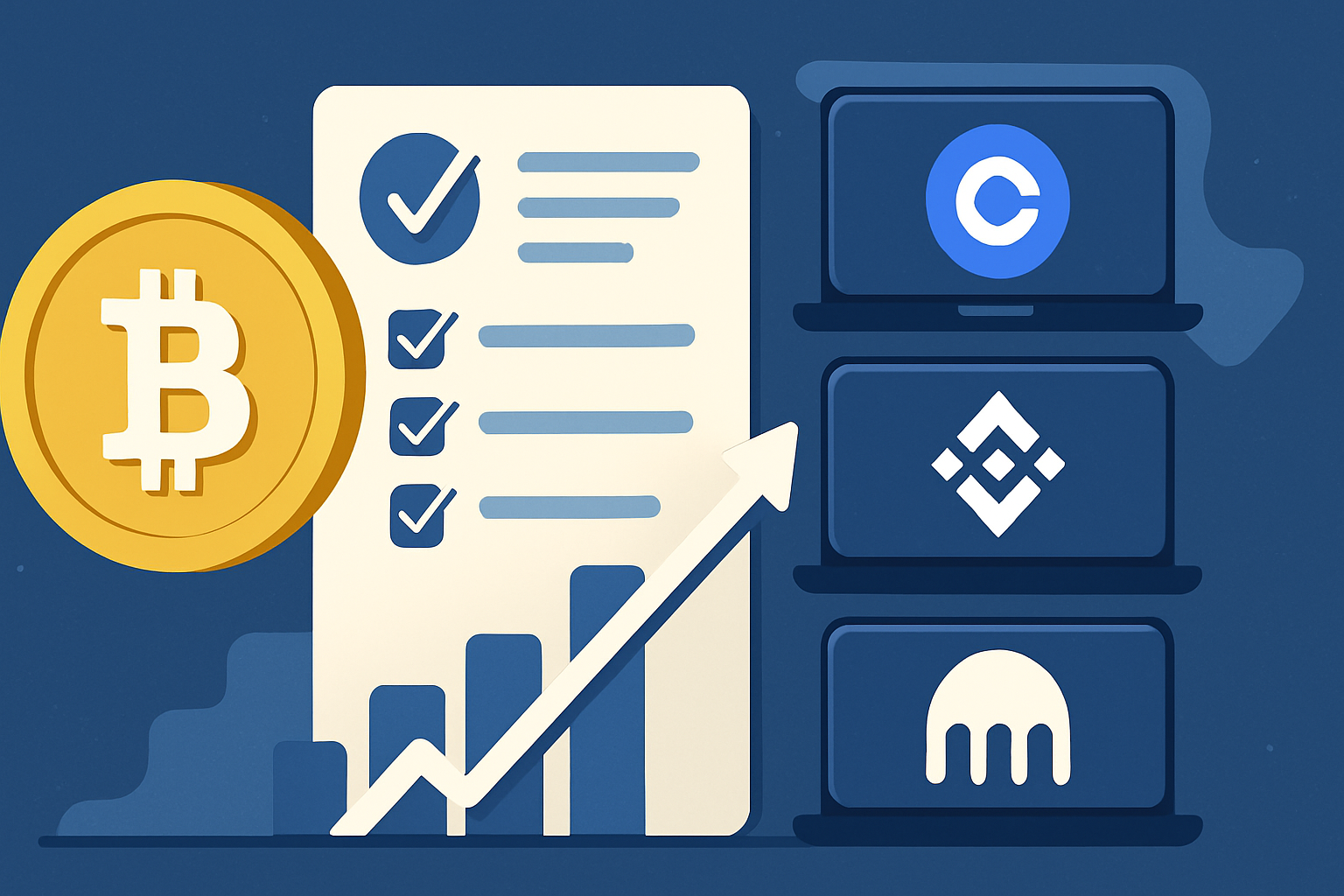
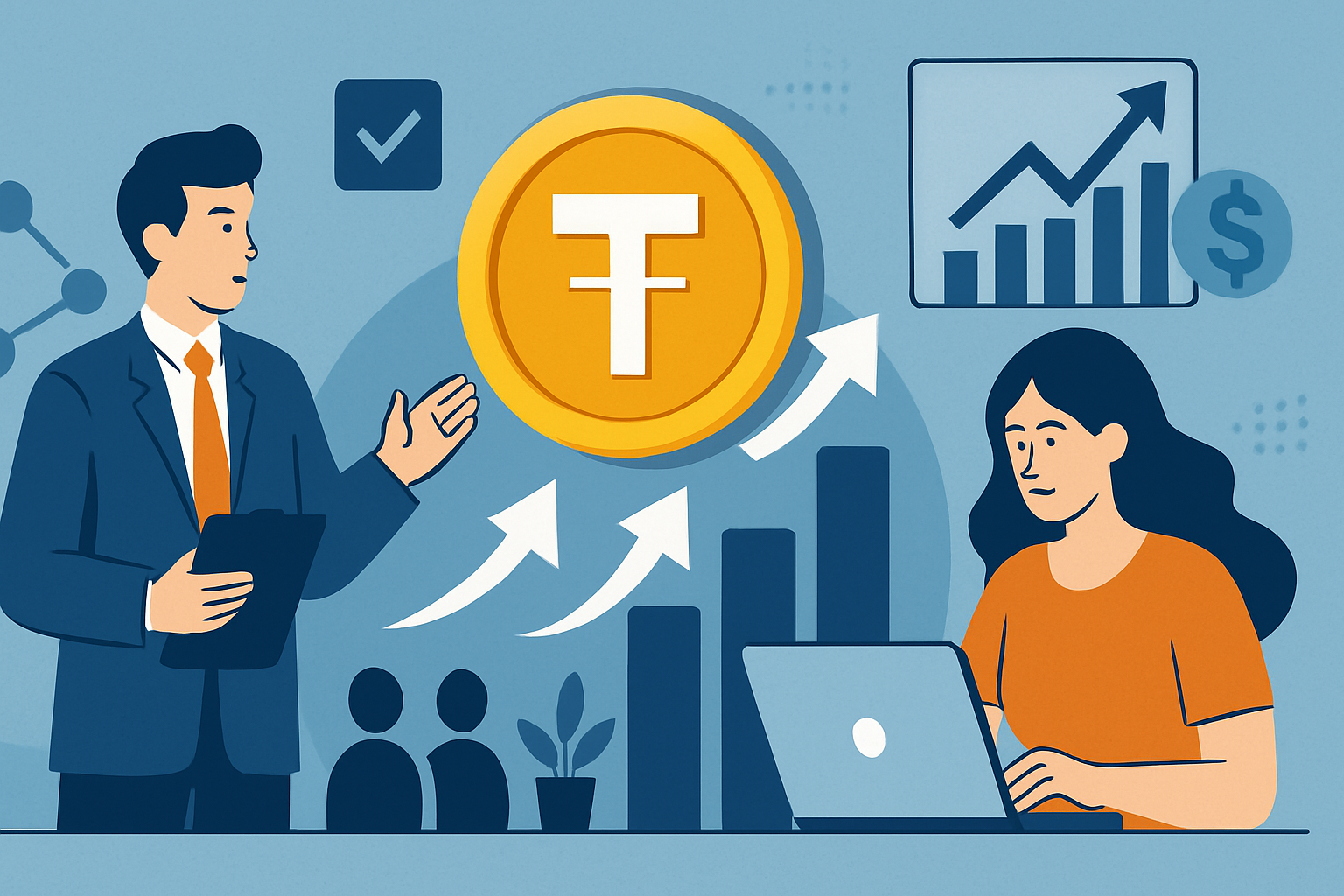


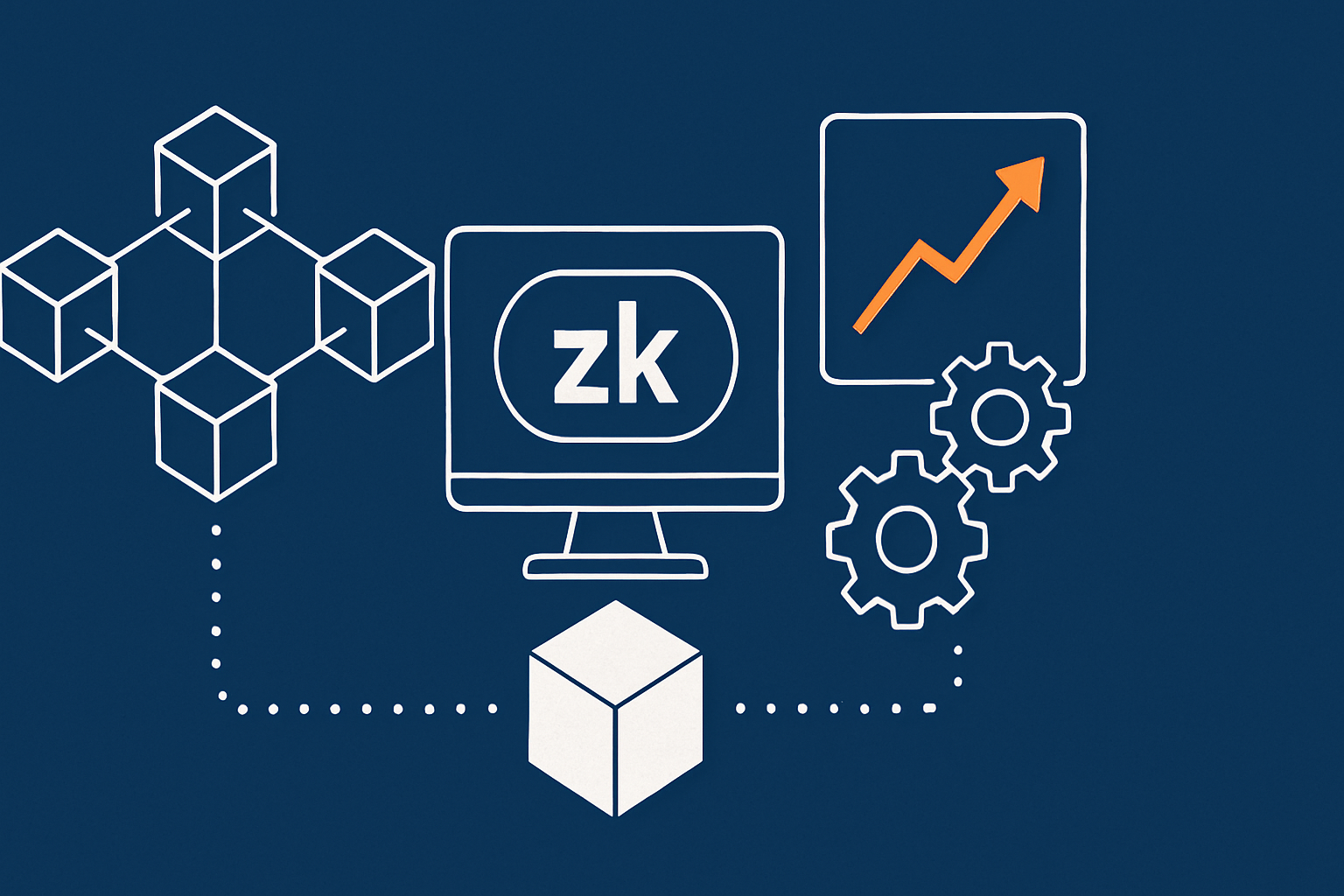

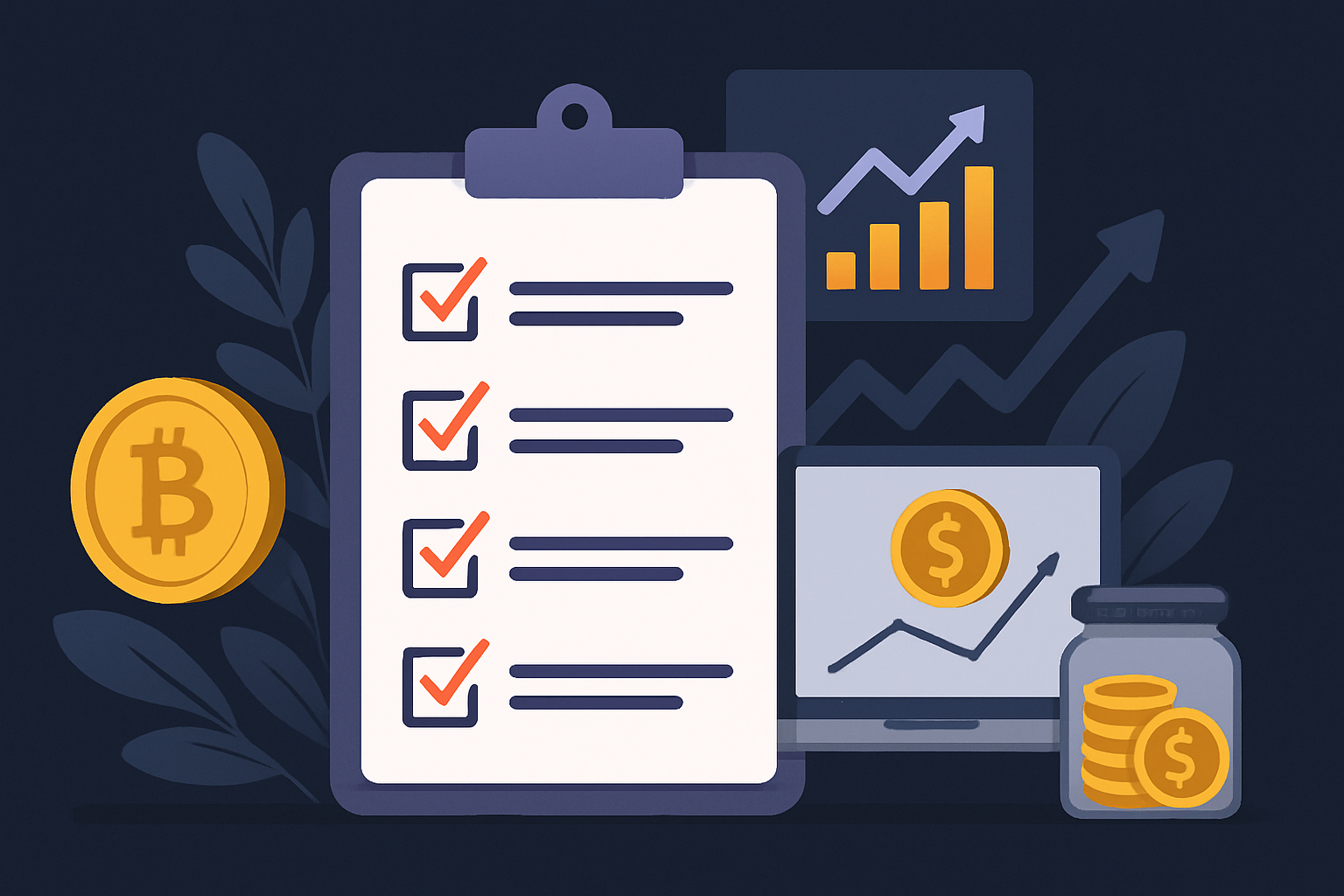
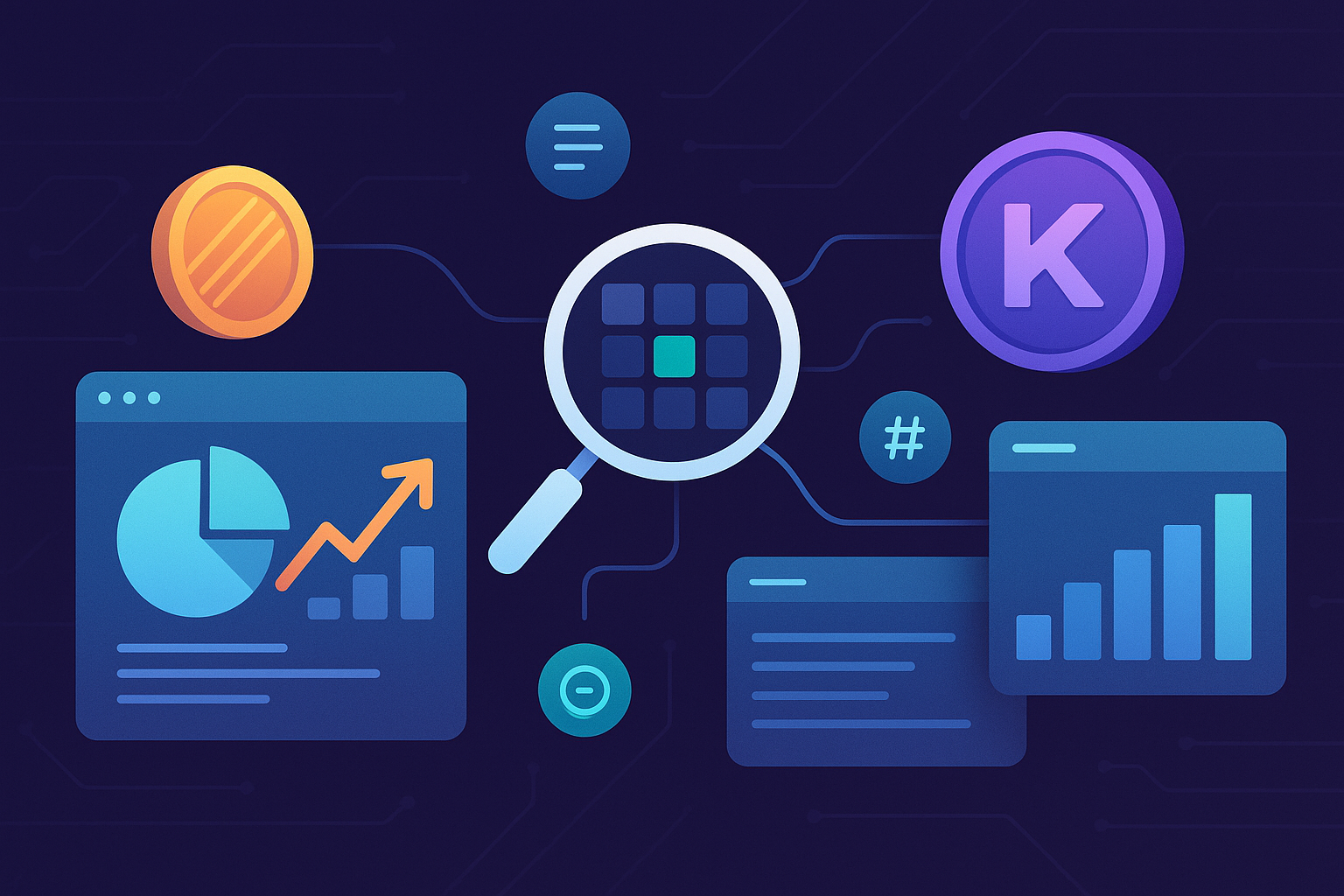
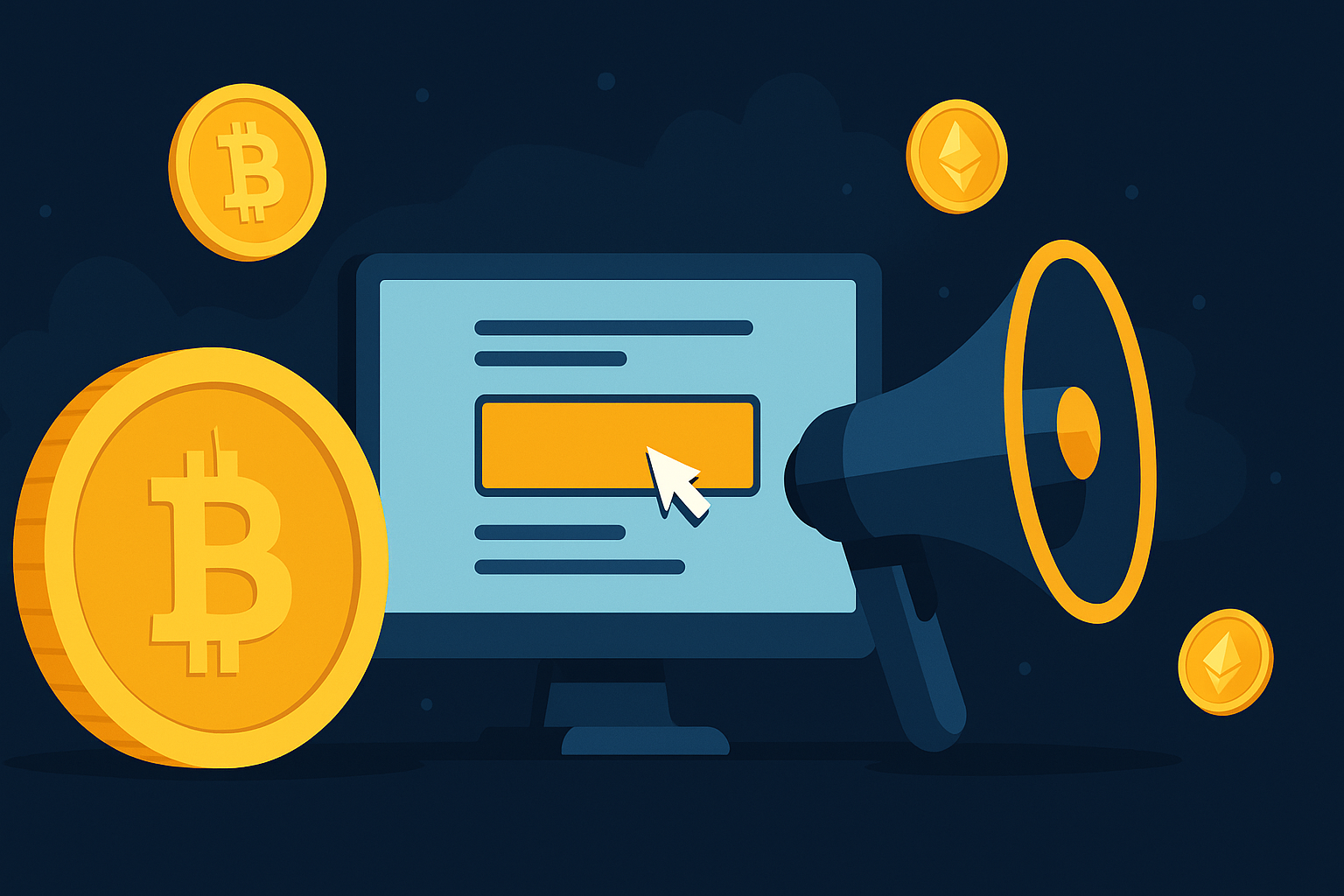



Write a comment ...